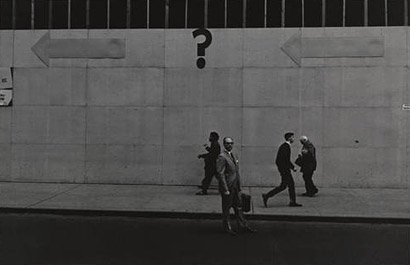‘My experiment of walking up to a random production catering truck in New York and getting myself a free latte just worked.’ –Tim Geoghegan

Team-building exercises, simulation games, educational games, puzzle-solving activities, office parties, themed dress-down days, and colorful, aesthetically-stimulating workplaces are notable examples of this trend. […]
This is a relatively new conception of the relation between work and play. Until very recently, play was seen as the antithesis of work (see Kavanagh, this issue). Classical industrial theory, for example, hinges on a fundamental distinction between waged labour and recreation. Play at work is thought to pose a threat not only to labour discipline, but also to the very basis of the wage bargain: In exchange for a day’s pay, workers are expected to leave their pleasures at home. […]
When employees are urged to reach out to their ‘inner child,’ it becomes clear that the distinction between work and play is increasingly difficult to maintain in practice.
With such blurring of work and play, the traditional boundary between economic and artistic production also disappears. In much of the business literature on play, the entrepreneur and the artist melt into one figure. […]
Yet while contemporary organizations have colonized play for profit-seeking purposes, this inevitably has unforeseen consequences. Play may turn back against the organization and disrupt its smooth functioning; the managers who open a game in the organization may find that they lose control over it and come to realize that play is occasionally able to usurp work rather than stimulate it. Play serves organizational objectives only insofar as it is kept within certain ludic limits. […]
This special issue emerged from an ephemera conference on ‘Work, Play and Boredom’ held at the University of St Andrews in May 2010. At the heart of the conference was the idea that ‘boredom’ might be an appropriate concept for rethinking the interconnections between work and play in present-day organizations.
{ ephemera | PDF }
photo { Lee Friedlander, New York City, 1962 }


